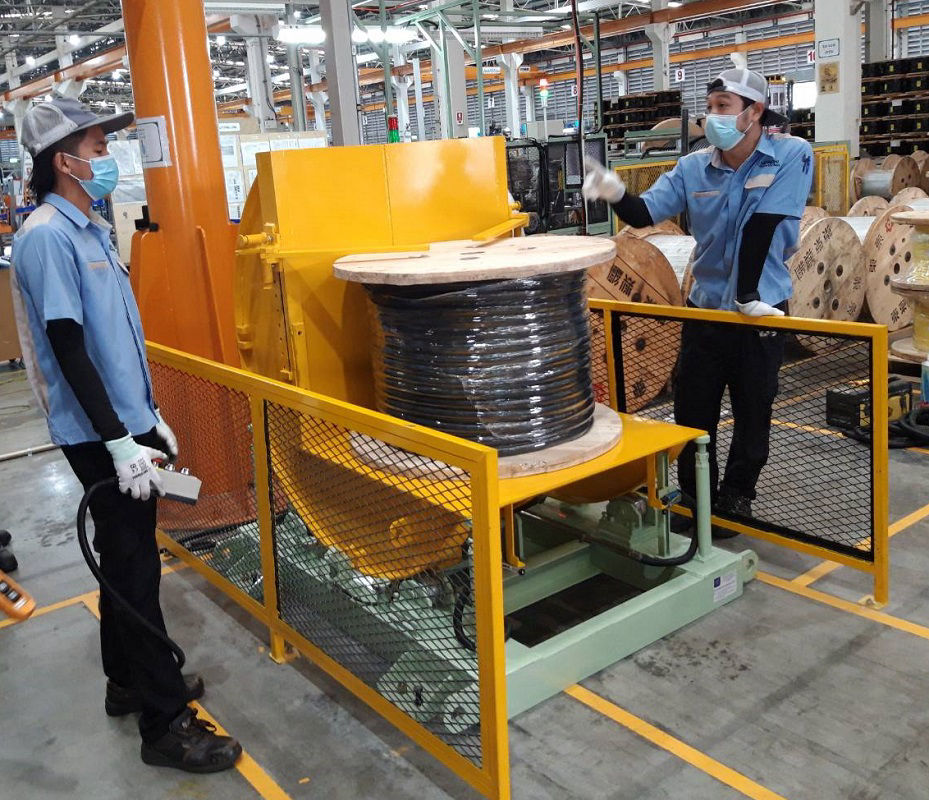Noise Levels of Mold Upenders: Industry Standards & Mitigation
This article discusses the noise levels associated with mold upenders in industrial settings and their impact on workplace safety. It examines industry standards, particularly OSHA guidelines, and explores mitigation strategies like equipment maintenance, noise barriers, and PPE to reduce noise exposure and prevent hearing damage.
Noise Levels of Mold Upenders: Industry Standards & Mitigation Read More »


